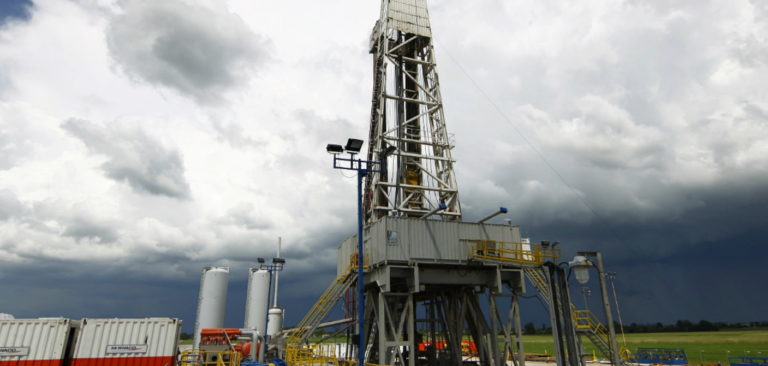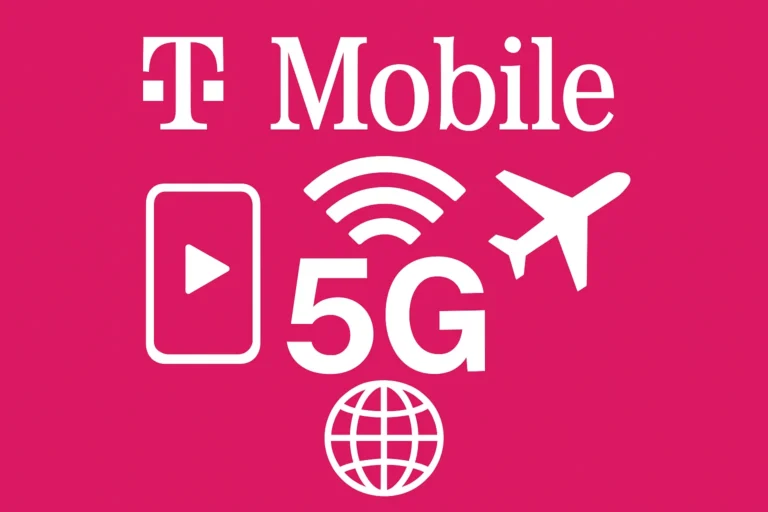Solar energy is a renewable power source that harnesses sunlight to generate electricity. It's primarily used for residential and commercial power generation, offering a clean alternative to fossil fuels. Homeowners, businesses, and utility companies typically utilize solar energy systems.
- Main Benefit: Reduces or eliminates electricity bills
- Primary Concern: High initial installation costs
- Best For: Homeowners and businesses in sunny areas
- Important Note: Efficiency depends on location and weather conditions
Solar Energy: Advantages and Disadvantages
This comprehensive table outlines 30 pros and 30 cons of solar energy, covering environmental, economic, and practical aspects to help you make an informed decision about adopting solar power.
| Pros | Cons |
|---|---|
| Reduces or eliminates electricity bills | High initial installation costs |
| Renewable and sustainable energy source | Weather-dependent energy production |
| Low carbon emissions and environmental impact | Requires significant space for installation |
| Low maintenance costs after installation | Energy storage solutions can be expensive |
| Increases home value | Less efficient in cloudy or cold climates |
| Provides energy independence | Manufacturing process has some environmental impact |
| Qualifies for tax incentives and rebates | May require tree removal or roof modifications |
| Silent operation | Potential for increased property taxes |
| Creates jobs in the renewable energy sector | Limited nighttime power generation |
| Excess energy can be sold back to the grid | Difficult to move once installed |
| Reduces dependence on foreign oil | Performance degrades over time |
| Scalable for various energy needs | Some homeowner associations restrict installations |
| Long lifespan (25-30 years) for solar panels | Potential for roof damage during installation |
| Can be installed in remote areas | Requires professional installation |
| Contributes to grid stability | May not be suitable for all roof types |
| Offers protection against rising energy costs | Recycling of old solar panels is challenging |
| Improves energy security | Potential for overproduction in peak hours |
| Reduces water pollution from energy production | Aesthetics may not appeal to everyone |
| Provides educational opportunities | Can be affected by dust and debris |
| Supports local economies | May require additional insurance |
| Enhances corporate social responsibility | Grid connection costs can be high |
| Offers diverse applications (e.g., water heating) | Potential for snow accumulation in cold climates |
| Reduces transmission losses | Limited lifespan of inverters (10-15 years) |
| Provides energy during peak demand times | Requires regular cleaning for optimal performance |
| Can be integrated into building designs | Initial energy payback time can be long |
| Supports off-grid living | Potential for theft in some areas |
| Reduces urban heat island effect | Complex permitting process in some regions |
| Improves air quality in urban areas | Difficulty finding qualified installers in some areas |
| Provides energy price stability | Potential for glare affecting neighbors or aircraft |
| Supports sustainable development goals | Requires careful disposal of batteries |
Solar Energy Market Growth and Adoption
This table presents key statistics on the global solar energy market, highlighting its rapid growth, increasing efficiency, and widespread adoption across various sectors.
| Statistical Analysis & Market Data | |
|---|---|
| Global solar PV capacity in 2023 | 1,250 GW |
| Projected global solar PV capacity by 2030 | Over 3,000 GW |
| Annual growth rate of solar installations (2024-2030) | Over 10% CAGR |
| China's share of global installed solar capacity | Nearly 40% |
| Average solar panel efficiency in 2024 | 15-22% |
| Projected global solar manufacturing capacity in 2024 | Nearly 1,000 GW |
| Percentage of new electricity capacity from solar in 2023 | 67% |
| Expected increase in solar installations due to IRA (2023-2027) | 40% |
| Average lifespan of modern solar panels | 25-30 years |
| Reduction in solar panel costs since 2010 | Approximately 80% |
Solar Energy System Specifications
This table outlines the key technical specifications and requirements for solar energy systems, including panel efficiency, installation criteria, and performance standards.
| Technical Specifications & Requirements | |
|---|---|
| Minimum solar panel efficiency for residential use | 16% |
| Typical solar panel wattage range | 250W - 400W |
| Optimal roof pitch for solar panel installation | 30-40 degrees |
| Minimum sun exposure for efficient solar production | 4 hours of direct sunlight daily |
| Standard warranty period for solar panels | 25 years |
| Inverter efficiency requirement | >93% for systems 10kW or above |
| Temperature coefficient of power for quality panels | -0.45%/°C or better |
| Minimum fill factor for solar panels | 75% |
| Required protection level for outdoor inverters | IP-65 (minimum) |
| Maximum system voltage tolerance | As per local grid regulations |
Solar Energy Cost and ROI Analysis
This table provides a comprehensive analysis of the costs associated with solar energy systems, including initial investment, potential savings, and long-term financial benefits.
| Cost & Value Analysis | |
|---|---|
| Average cost of residential solar system (before incentives) | $18,000 - $20,000 |
| Federal solar tax credit (as of 2024) | 30% of system cost |
| Average payback period for residential solar systems | 7-10 years |
| Estimated annual electricity savings | $1,000 - $1,500 |
| Increase in home value with solar installation | 4.1% on average |
| Typical lifespan of solar inverter | 10-15 years |
| Annual maintenance cost | $150 - $300 |
| Potential earnings from net metering | Up to $200 per year |
| Cost per watt of solar installation (national average) | $2.50 - $3.50 |
| Estimated ROI over 25-year lifespan | 200% - 300% |
Solar vs. Traditional Energy Sources
This table compares solar energy with traditional energy sources, highlighting the advantages, disadvantages, and key differences in terms of cost, environmental impact, and reliability.
| Comparative Analysis & Alternatives | |
|---|---|
| CO2 emissions (solar vs. coal per kWh) | Solar: 40g, Coal: 820g |
| Levelized cost of energy (solar vs. natural gas) | Solar: $0.04-$0.06/kWh, Natural Gas: $0.05-$0.07/kWh |
| Land use (solar vs. wind per MW) | Solar: 5-10 acres, Wind: 30-140 acres |
| Lifespan (solar panels vs. coal power plant) | Solar: 25-30 years, Coal: 40 years |
| Water consumption (solar PV vs. nuclear per MWh) | Solar PV: 26 gallons, Nuclear: 690 gallons |
| Fuel cost volatility | Solar: None, Fossil Fuels: High |
| Energy payback time | Solar: 1-4 years, Wind: 3-8 months |
| Noise pollution | Solar: None, Wind: Moderate |
| Scalability for residential use | Solar: High, Nuclear: Not applicable |
| Government incentives availability | Solar: High, Fossil Fuels: Decreasing |
Future of Solar Energy: Trends and Innovations
This table outlines the anticipated developments in solar energy technology, market trends, and industry projections for the coming years, highlighting potential advancements and challenges.
| Future Outlook & Industry Trends | |
|---|---|
| Projected global solar capacity by 2050 | 8,519 GW |
| Expected solar cell efficiency by 2030 | Up to 30% |
| Anticipated cost reduction by 2030 | 50% from 2020 levels |
| Growth in bifacial solar panel market share by 2028 | 70% of global installations |
| Projected market size of building-integrated photovoltaics by 2026 | $36.74 billion |
| Expected growth in solar+storage installations by 2025 | 400% increase from 2020 |
| Anticipated share of global electricity from solar by 2050 | 20-40% |
| Projected job creation in solar industry by 2030 | Over 4 million jobs globally |
| Expected advancements in perovskite solar cell efficiency by 2030 | Over 30% efficiency |
| Anticipated growth in floating solar installations by 2025 | 10 GW global capacity |




